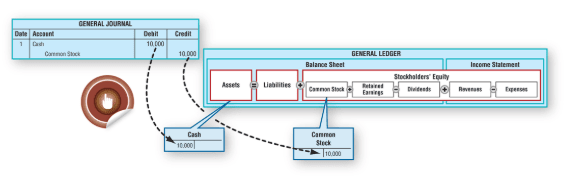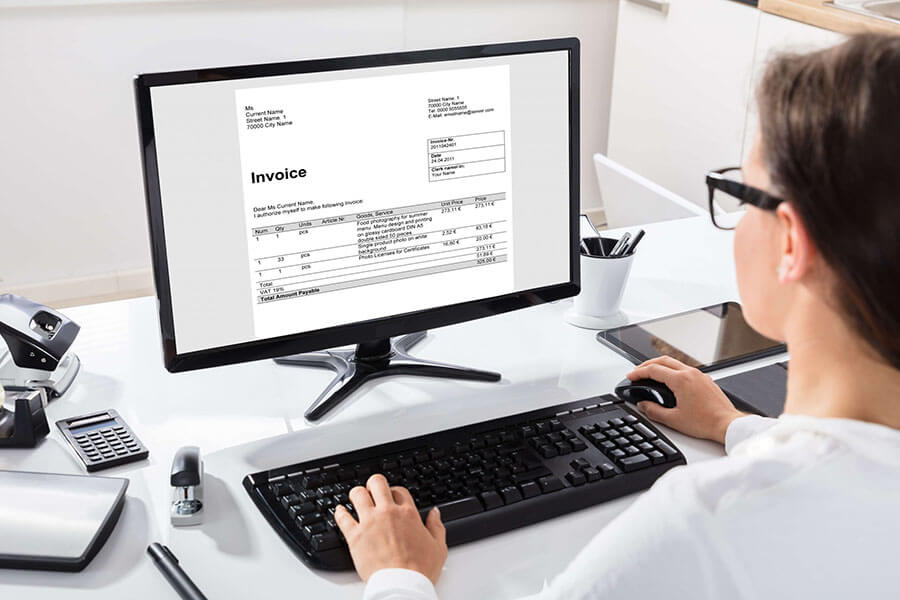
This ensures that the depreciation expense account reduces the asset’s ledger balance gradually, following generally accepted accounting principles (GAAP) and sometimes IFRS standards. Missing these entries can lead to discrepancy in financial reports and poor management analyses. The importance of adjusting entries in financial statements cannot be overstated.
Analysis of financial performance
Now for Interior Design Bookkeeping this step, we need to get the balance of the Income Summary account. In step 1, we credited it for $9,850 and debited it in step 2 for $8,790. The latter, on the other hand, only recognizes bad debts when it is proven that the amount could no longer be recovered.
Accounts Payable Solutions
A liability must also be recorded since interest has not yet been paid on 12/31 and is owed. To get the prepaid account balance of $6,000 to the $3,000 future benefit as of 12/31 it must be decreased by $3,000. The goal here is for your financial statements to reflect the true state of your business finances. Sometimes, you earn revenue before receiving the cash, like completing a project before invoicing. Each month, debit Insurance Expense and credit Prepaid Insurance by $100 to adjust for the monthly cost.
- Each entry impacts at least one income statement account (a revenue or expense account) and one balance sheet account (an asset-liability account) but never impacts cash.
- To compute for the annual depreciation using the straight-line method, simply divide the cost of $60,000 by the truck’s estimated useful life of 5 years.
- This similarity extends to other retailers, from clothing stores to sporting goods to hardware.
- Often, prepaid expenses require an adjusting entry at the end of a financial year, and an additional one when the asset’s value has been fully incurred.
- The three steps for adjusting entries are identifying the accounts to be adjusted, determining the amounts to be adjusted, and recording the adjusting entries.
- They align real-time entries with accrual accounting, and involve adjustments such as accrued expenses, revenues, provisions, and deferred revenues.
- Accountants realize that if a company has a balance in Notes Payable, the company should be reporting some amount in Interest Expense and in Interest Payable.
Receivable Account
It is important to accurately record revenues and expenses in order to provide a clear and accurate picture of a company’s financial performance. Bookkeeping is the process of recording financial transactions of a business. It involves maintaining accurate records of all financial transactions, including sales, purchases, payments, and receipts. The bookkeeper is responsible for recording these transactions in the accounting records. The adjusting entry to record the yearly depreciation will be a debit depreciation expense for $500 and an equivalent credit to accumulated depreciation as shown in the following table. If Northern Hairs supplies the wigs to the retailer by February 5, 2023, a corresponding adjusting entry would be made to reduce the unearned revenue account and increase the revenue account.

What Accounts Are Affected by an Adjusting Entry?
Then, you’ll need to refer to those adjusting entries while generating your financial statements—or else keep extensive notes, so your accountant knows what’s going on when they journalizing adjusting entries generate statements for you. Imagine having a vigilant, tireless assistant dedicated to keeping your books error-free—that’s essentially what accounting software brings to the table. Leveraging technology to manage your adjusting entries can be a game-changer, significantly reducing the risk of human error. Accounting software can automate repetitive tasks, execute calculations with precision, and serve reminders for adjustments, all of which helps maintain the integrity of your financial reporting. Staying on top of your financial game calls for a regular review of your adjusting entries—it’s like keeping a watchful eye on a well-oiled machine. Not only does this catch errors early, but it also ensures that all necessary adjustments are promptly made, keeping your books in real-time sync with the reality of your operations.
Adjusting Journal Entries and Accrual Accounting
Grocery stores of all sizes must purchase product and track inventory. While the number of entries might differ, the recording process does not. For example, Colfax might purchase food items in one large quantity at the beginning of each month, payable by the end of the month. Therefore, it might only have a few accounts payable and inventory journal entries each month.
- The company really has 1,500 so the balance in supplies must be 1,500.
- Adjusting entries are usually made at the end of an accounting period.
- A related account is Insurance Expense, which appears on the income statement.
- These software programs can handle both accrual and cash basis accounting.
- When journalizing adjusting entries for accruals, the amount of revenue earned or expenses incurred but not yet recorded has to be determined.
- From data fetching to journal entry and analysis, HighRadius empowers organizations to achieve a groundbreaking 50% reduction in manual tasks through its no-code platform, LiveCube.
Not sure where to start or which accounting service fits your needs? Our team is ready to learn about your business and guide you to the right solution. Bench simplifies your small business accounting by combining intuitive software that automates the busywork with real, professional human support. Regular review for compliance is not just about ticking a box. It’s about being thorough, adhering to regulatory frameworks, and ensuring your financial narratives are resilient under any scrutiny. This practice shields your business from the risks of misstatement and fosters continuous improvement in your financial reporting processes.


To understand how to make adjusting entries, let’s first review some useful accounting terms that relate directly to this topic. Checking to make sure the final balance figure is correct; one can review the figures in the debit and credit columns. In the debit balance sheet column for this cash account, we see that the total is $32,300 (20,000 + 4,000 + 2,800 + 5,500).
Trial Balance
This will be discussed later when we prepare adjusting journal entries. The accrued interest payable account will increase the company’s liability because interest expense was incurred but remain unpaid, and an equal amount will increase the expenses of the income statement. Another type of unrecorded revenue deals with work the business was paid for before the work was completed (unearned revenue) which was completed by the end of the period.